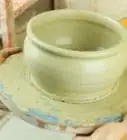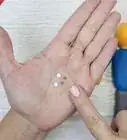This article was co-authored by Deanna Ranlett. Deanna Ranlett is a Pottery and Ceramics Professional and the Owner of Mudfire Inc. in Decatur, Georgia. With more than 22 years of experience in the ceramics industry and eight years of experience owning a studio, they specialize in glaze formulation, firing ceramic and pottery pieces, general clay projects, and screen printing for ceramics. Deanna holds a BFA in Ceramic Arts and Ceramics from Georgia State University.
wikiHow marks an article as reader-approved once it receives enough positive feedback. In this case, 100% of readers who voted found the article helpful, earning it our reader-approved status.
This article has been viewed 132,154 times.
Making a pot can be tricky but equally fun for those enthusiastic about pottery. A little care while holding the clay and working with it on a potter's wheel can bring satisfying results. Unleash the potter within you by using this well-established technique for throwing a pot on a circulating wheel head.
Steps
-
1Get the proper clay. After obtaining the clay for your desired cone firing temperature, either high fire clay (porcelain, stoneware, etc.) or low-fire clay (raku, longhorn red, terracotta, etc.) you need to knead or wedge the clay to get out air bubbles. Gather a small amount of clay - the size of two fists put together is plenty for someone just starting - and form it into a rough ball shape. Then pick the ball up, and slam it against a large slab of plaster. Plaster is best to absorb extra moisture from too-wet clay, but any smooth and hard surface will work. Push the clay with your hands forward in the same manner of kneading bread. Mold it into a ball, and repeat the process. To see if there are still air bubbles, use a piece of wire to cut the ball in half. The air bubbles will look like little craters in the smooth clay. If air bubbles are left in the clay the clay will almost never be centered and impossible to raise. When there are no air bubbles present in the clay, shape it back into a rough ball.
-
2Put the clay on the center of the wheel head.[1] The easiest way to do this is by throwing the clay with some force on the center. Spin the wheel fairly fast. With a bowl of water wet hands and clay. The object here is to cup the clay in the hands, squeeze it using legs for extra strength, and bring it up into a tower shape. If you're using a kick wheel, you can control how fast the clay will spin, but you'll need a lot of strength. An electric wheel takes less energy, but you have less control over the speed. Push the clay down and in on the wheel at the same time, letting extra clay and water slide away from your hands and off the wheel. The first thing you want to do is called centering the clay. The ball of clay should look even, and be rotating evenly, like the wheel of a car when viewed from the side.[2]Advertisement
-
3Using both hands firmly against the spinning clay, pull it into a conical shape. Then push your tower down with one hand and keep it stable with the other hand. This is done three or four times to help center the clay and to keep the clay aligned correctly.[3]
-
4Centering the clay means that its outer edges spin perfectly smooth with no bumps or wobbles. There are different ways of doing this, and there are two methods described here. Use whichever one will work best. The beginning is the same for both methods. Make sure your body is centered over the wheel and legs are planted firmly on the ground.[4]
- Make sure that your arms are firmly in position and pressed into your thighs. Start by cupping the clay in both hands with your thumbs over the top. Make sure that your hands and the clay are always wet. Pull your wrists back slightly while pressing down and holding them rigid. Start compressing and smoothing the clay with your palms. Only do slight movements, a little pressure goes a long way.
- The second method for centering clay is by using one hand at the side of the clay and one hand on top. Both are pushing on the clay to smooth it out. Again, only use your palms and keep your arms locked against your body.
-
5Open. Once the clay is centered, it is time to open it. To start you need to make a hole in the center. To do this, start by moving your finger across the top of the clay in a straight line. This is so you find the exact center. If the hole is not started in the exact middle, the clay will begin to wobble and you will have to follow the steps above to recenter it. Slowly push your forefinger straight down into the center of the spinning clay, about an inch from the bottom, using the other hand to cup the clay and act as a stabilizer at the same time. Slowly remove your finger from the hole.[5]
-
6Create the wall. To enlarge the hole, put your finger into the hole you've already created and slowly start bringing it towards your body. You will need to use your other hand to brace the wall that is being created. Enlarge this to the size of the base you wish your pottery to be. This created wall would generally be about an inch to two inches thick. With the wall created, the cylinder should spin perfectly symmetrical. In all these steps always remove hands and fingers and take the pressure off slowly.[6]
-
7
-
8Thin and raise the walls.[9] Usually the index finger of the first hand is braced against the inside wall toward the bottom, with the thumb braced across to the second hand or wrist. Because by now the clay is thoroughly soaked with water, a very small, say one inch sponge is held between index finger and thumb of the second hand The index finger and sponge are pressed against the outside wall exactly opposite the finger(s) on the inside. They are squeezed and raised together, thinning the wall and raising the pot. This is done a little at a time from say 6 to 12 times, until the desired thickness of the wall is achieved, from an eighth of an inch to an inch depending on the type of pot or plate. The object is usually to thin the wall to the point where it still has the strength to stand up. The sponge is used to control the wetness and strength of the clay, the more wet the weaker, the less the stronger.
-
9Even out the top. The top often becomes uneven and can be cut off at any time, but especially after the walls are finished. With a pin projecting from a wood cylinder bought at a ceramics shop, with the first hand press the pin into the spinning clay near the top, or cut off where desired. Press into spinning clay until it reaches the index finger of the second hand on the inside. When completely cut all the way around, simply lift up and off. This is a basic cylinder. For shaping and finishing see: How to Shape and Finish a Wheel Thrown Pot
Expert Q&A
-
QuestionHow do you center clay on a wheel?
 Deanna RanlettDeanna Ranlett is a Pottery and Ceramics Professional and the Owner of Mudfire Inc. in Decatur, Georgia. With more than 22 years of experience in the ceramics industry and eight years of experience owning a studio, they specialize in glaze formulation, firing ceramic and pottery pieces, general clay projects, and screen printing for ceramics. Deanna holds a BFA in Ceramic Arts and Ceramics from Georgia State University.
Deanna RanlettDeanna Ranlett is a Pottery and Ceramics Professional and the Owner of Mudfire Inc. in Decatur, Georgia. With more than 22 years of experience in the ceramics industry and eight years of experience owning a studio, they specialize in glaze formulation, firing ceramic and pottery pieces, general clay projects, and screen printing for ceramics. Deanna holds a BFA in Ceramic Arts and Ceramics from Georgia State University.
Pottery & Ceramics Professional Start by aligning your nose over the center of the wheel. This way, you'll be more centered when you go to center your clay.
Start by aligning your nose over the center of the wheel. This way, you'll be more centered when you go to center your clay. -
QuestionWhy can't I center my clay?
 Deanna RanlettDeanna Ranlett is a Pottery and Ceramics Professional and the Owner of Mudfire Inc. in Decatur, Georgia. With more than 22 years of experience in the ceramics industry and eight years of experience owning a studio, they specialize in glaze formulation, firing ceramic and pottery pieces, general clay projects, and screen printing for ceramics. Deanna holds a BFA in Ceramic Arts and Ceramics from Georgia State University.
Deanna RanlettDeanna Ranlett is a Pottery and Ceramics Professional and the Owner of Mudfire Inc. in Decatur, Georgia. With more than 22 years of experience in the ceramics industry and eight years of experience owning a studio, they specialize in glaze formulation, firing ceramic and pottery pieces, general clay projects, and screen printing for ceramics. Deanna holds a BFA in Ceramic Arts and Ceramics from Georgia State University.
Pottery & Ceramics Professional You might not be using the right amount. Centering too much clay can be too overwhelming, while not centering enough can be difficult when you have average-size hands. One or 2 pounds of clay (0.45 to 0.9 kg) is a good amount to start with.
You might not be using the right amount. Centering too much clay can be too overwhelming, while not centering enough can be difficult when you have average-size hands. One or 2 pounds of clay (0.45 to 0.9 kg) is a good amount to start with. -
QuestionHow do you perfectly center clay?
 Deanna RanlettDeanna Ranlett is a Pottery and Ceramics Professional and the Owner of Mudfire Inc. in Decatur, Georgia. With more than 22 years of experience in the ceramics industry and eight years of experience owning a studio, they specialize in glaze formulation, firing ceramic and pottery pieces, general clay projects, and screen printing for ceramics. Deanna holds a BFA in Ceramic Arts and Ceramics from Georgia State University.
Deanna RanlettDeanna Ranlett is a Pottery and Ceramics Professional and the Owner of Mudfire Inc. in Decatur, Georgia. With more than 22 years of experience in the ceramics industry and eight years of experience owning a studio, they specialize in glaze formulation, firing ceramic and pottery pieces, general clay projects, and screen printing for ceramics. Deanna holds a BFA in Ceramic Arts and Ceramics from Georgia State University.
Pottery & Ceramics Professional Focus on anchoring your body in some way that's comfortable. You can start by anchoring your elbows into your side; if this doesn't work well, try leaning over a little further and anchoring your elbow into your thigh. This way, your arm can't move, and you're creating a stable push with your body.
Focus on anchoring your body in some way that's comfortable. You can start by anchoring your elbows into your side; if this doesn't work well, try leaning over a little further and anchoring your elbow into your thigh. This way, your arm can't move, and you're creating a stable push with your body.
Things You'll Need
- Clay
- Potter's wheel, either an electric or kick type
- Wire to cut the completed pot off the wheel
- Plastic, chamois, or wood tool to smooth the pot's rim
- Water in a bucket or cup
- Any tools desired for decorative purposes
- A sharp needle tool or strong thin stick to trim the pot's rim
References
- ↑ Deanna Ranlett. Pottery & Ceramics Professional. Expert Interview. 12 November 2021.
- ↑ https://www.youtube.com/watch?v=Q3P5QrJkzx0
- ↑ https://www.youtube.com/watch?v=sO7RWJrF8es
- ↑ https://www.youtube.com/watch?v=Q3P5QrJkzx0
- ↑ https://www.youtube.com/watch?v=sO7RWJrF8es
- ↑ https://www.youtube.com/watch?v=BHzPCqZI0pc
- ↑ Deanna Ranlett. Pottery & Ceramics Professional. Expert Interview. 12 November 2021.
- ↑ https://www.youtube.com/watch?v=BHzPCqZI0pc
- ↑ Deanna Ranlett. Pottery & Ceramics Professional. Expert Interview. 12 November 2021.
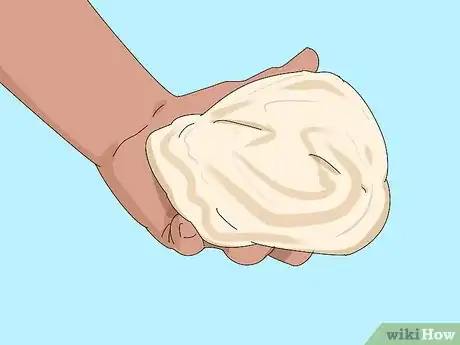
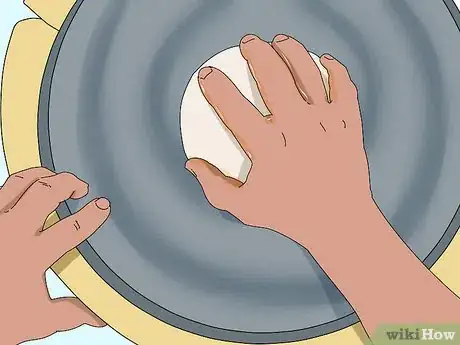

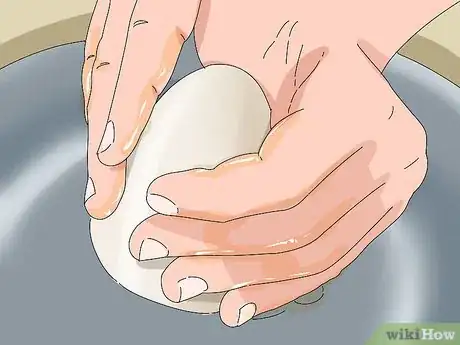
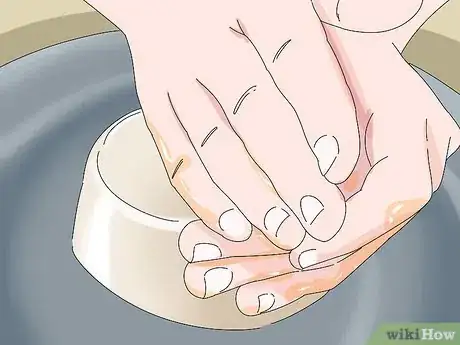
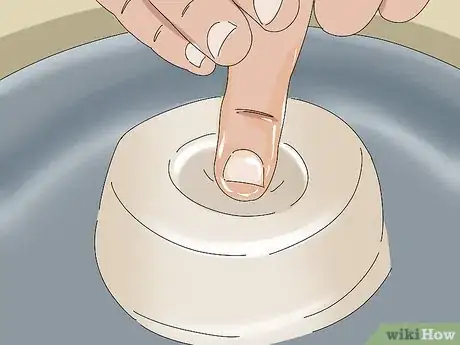
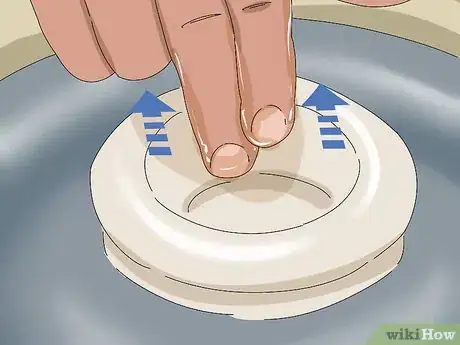
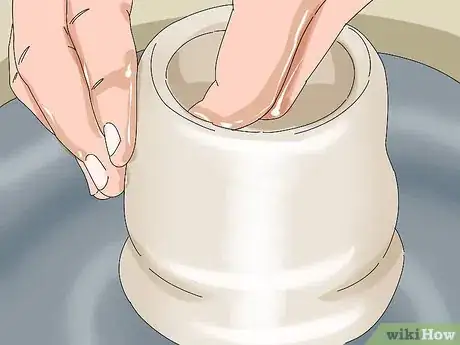
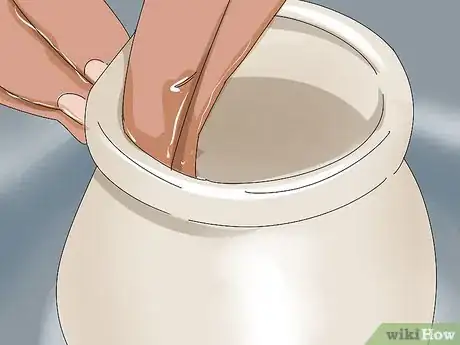


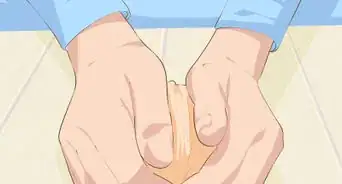

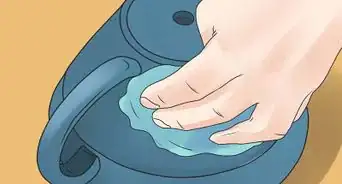
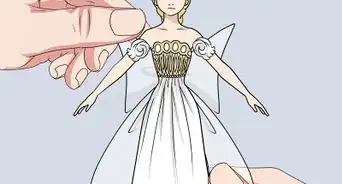
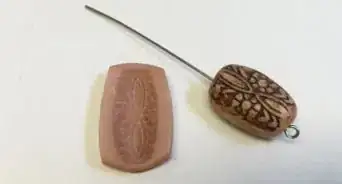
-Oven-Step-15.webp)










